Using MinIO for YugabyteDB Backup and Restore
YugabyteDB offers multiple options for backup and restore. This blog specifically focuses on using MinIO – a simple and hassle-free option.
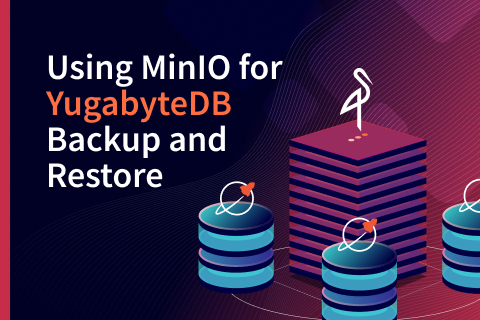
YugabyteDB offers multiple options for backup and restore. This blog specifically focuses on using MinIO – a simple and hassle-free option.
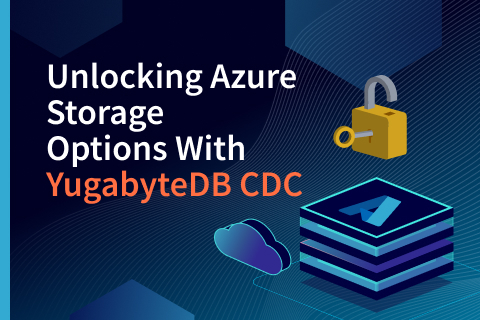
In this blog, we explore how to transfer and process data from YugabyteDB (YBDB) to Azure Blob Storage or Azure Data Lake Storage using Azure EventHub through YBDB’s Change Data Capture (CDC) feature.
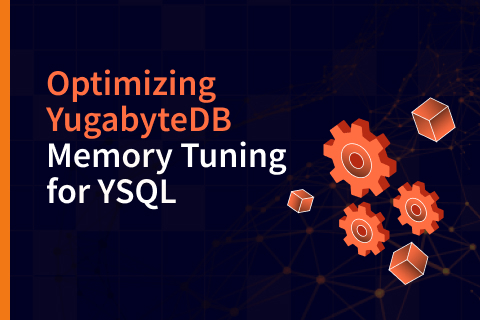
Want to know how to optimize YugabyteDB memory tuning for YSQL?
This blog provides an overview of each of the memory utilization buckets and offers best practice considerations for tuning memory with a YSQL workload.
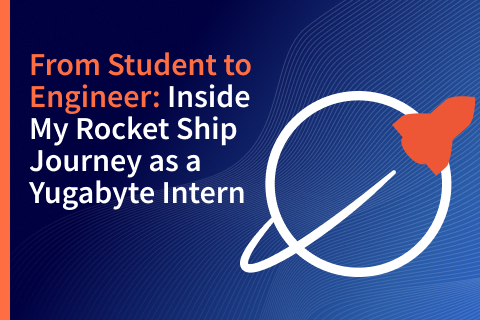
Discover Niyati Sinha’s journey from student to Yugabyte engineer in her own words.
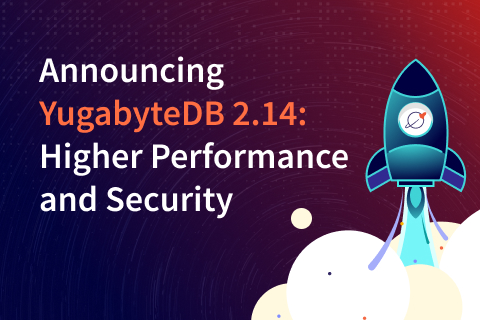
Our team continues to deliver new innovations, so we are excited to announce our latest stable release—YugabyteDB 2.14, which delivers higher performance, security and YugabyteDB Anywhere enhancements.
YugabyteDB is quickly becoming the cloud native relational database for the world’s most demanding enterprises, driving data-driven innovation in the face of growth, uncertainty, and change.
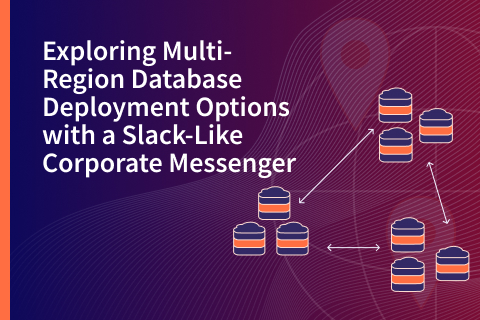
This blog post explores the most popular multi-region database deployment options by designing a data layer for a Slack-like corporate messenger.
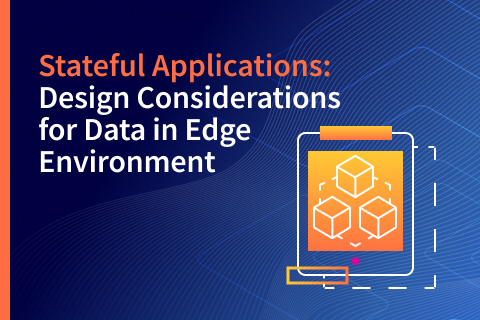
If you are designing your architecture for stateful edge applications, here are some key principles and design patterns you should be aware of.
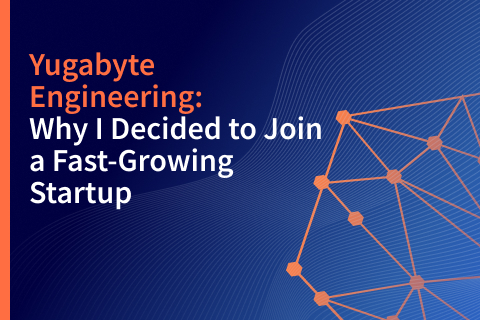
Hello. I’m Sahith, a Yugabyte engineering intern. I’m a 2022 Computer Science Engineer graduate from PES University in Bangalore who loves to solve problems with code. I also recently decided to join Yugabyte in a full-time engineering role. And lucky for me, this turned out to be one of the best decisions I’ve made.
However, before joining the company full time, I wanted to share some takeaways from my internship experience.
…

In Java development, garbage collection is a routine task. Applications generate garbage all the time. And that garbage is meticulously cleaned out by CMS, G1, Azul C4 and other types of collectors. Basically, our applications are born to bring value to this world, but nothing is perfect—including our applications that leave litter in the Java heap.
However, the story doesn’t end with the Java heap. In fact, it only starts there. Let’s take the example of a basic Java application that uses a relational database—such as PostgreSQL—and solid state drives (SSDs) as a storage device.
…
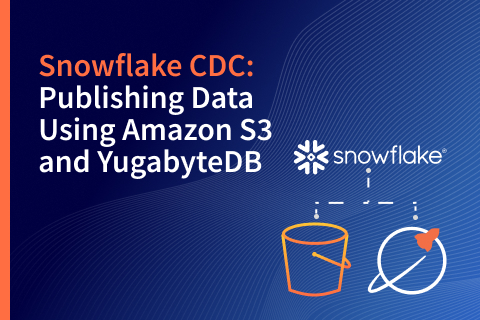
In this blog, we explore how to stream data from YugabyteDB’s Change Data Capture (CDC) feature to Snowflake through Amazon S3.